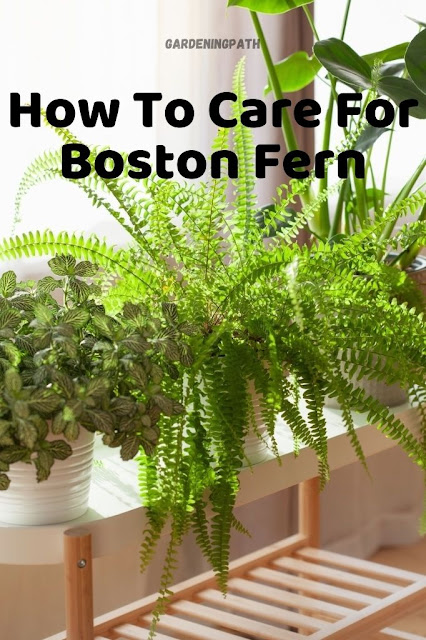5 Vegetables You Should Try Growing In A Greenhouse This Winter
Loved learning how to grow your own vegetables over the summer and want to continue your efforts during the winter months? If you're lucky enough to have a greenhouse, even if it's just one of the best mini-greenhouses, you'll be able to put your gardening time to good use over the winter months and get growing a bumper crop of veg. After all, there's nothing like tucking into homegrown vegetables whatever the time of year, plus it’s good to try and be as sustainable as possible.
We've picked some of the best vegetables you can start growing right now, plus all of the varieties we’ve chosen below are packed full of nutrition and vitamins so you can keep your immune systems fighting fit all year round too.
1. BRUSSELS SPROUTS
Maybe not a favourite for the kids when served up for Christmas dinner, but definitely a hit for greenhouse growing! Brussels sprouts are a great source of vitamin C and folate and the Brodie variety has good holding ability and is disease resistant. They are ideal for greenhouses during the winter months but they do take several months to grow.
2. POTATOES
If you learn how to grow potatoes in your greenhouse during the winter months you’ll give yourself and your family a supply of all year long, and the greenhouse will keep them frost free. If your greenhouse is a smaller design, you can grow potatoes in bags, containers or a barrel. You do need to chit them first – this is when you encourage them to sprout before you plant them in your greenhouse. You can do this in January and February, then plant them in your container about six weeks later when the shoots are about an inch high.
3. CABBAGES
If you start your cabbages in mid-winter, they’ll be ready for planting outdoors in the spring. They are a ‘cool season’ veg, which means they do well in greenhouses when it’s colder. Rich in vitamin C and antioxidants, this sweet tasting colourful variety can be eaten raw or cooked. All you need to do is sow some seeds in a tray with compost, water well and watch them grow until they are ready for transplanting into larger pots. As the weather gets warmer, get them accustomed to outdoor temperatures by placing them outside during the day, then plant them out in raised beds around 45cm apart.
4. PEAS
The beauty of growing peas during the winter is that if you sow them early enough they will be ready for your plate in early spring. Sow them alongside other hardy plants like leeks and sprouts so that once the warmer weather appears you can plant them out. If your greenhouse is on the chilly side, peas do like a bit of warmth to aid their growth, so investing in a heated propagator could be worth it. This particular variety of peas pictured above can also be used in salads, is highly nutritious and easy to grow. It also provides a second crop a few weeks later.
5. KALE
Full of nutritional value and called a ‘superfood’, this dwarf variety of kale was introduced before 1865 and produces an abundance of tender and delicate densely curled green leaves, of which the younger ones are perfect for salads. For salads you can sow it all year round in your greenhouse, but if you want it to mature then you should transplant seedlings five weeks before sowing into rich firm soil with plenty of well rotted manure dug in.









Comments
Post a Comment